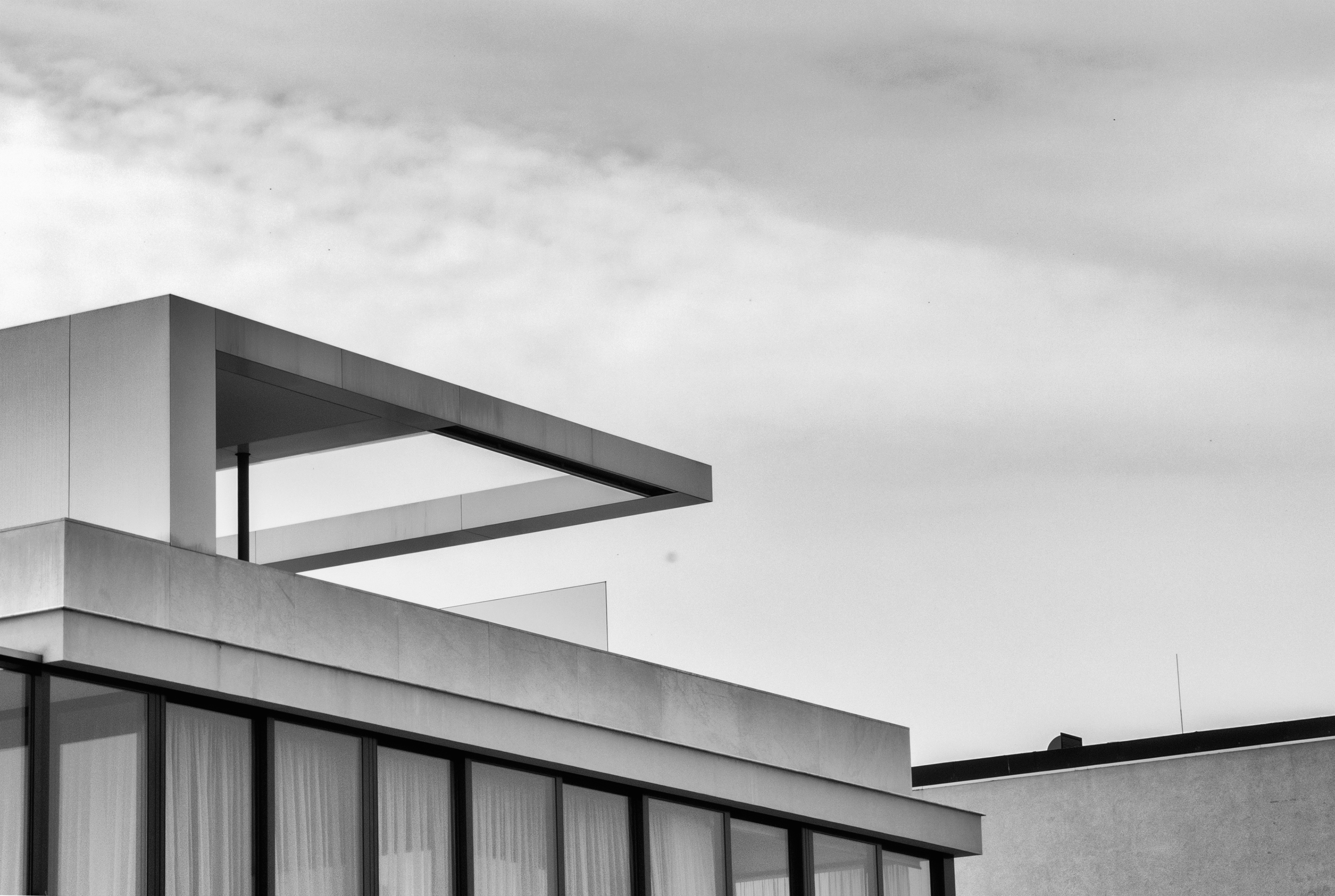
30 Years After Its First Repair Mission, Hubble Continues to Observe the Cosmos
The Groundbreaking Hubble Space Telescope
The Hubble Space Telescope, named after renowned astronomer Edwin Hubble, has played a monumental role in expanding our understanding of the universe since its launch on April 24, 1990. Equipped with highly advanced instruments, Hubble has captured images that have both stunned and revolutionized our knowledge of the cosmos.
The First Repair Mission
Five years after its launch, Hubble encountered a major setback when it was discovered that its primary mirror had a flaw, causing the images to be blurry. However, in 1993, NASA embarked on an extraordinary repair mission, servicing the telescope and resolving the optical issues. This incredible endeavor not only saved the Hubble Space Telescope but also set an unprecedented precedent for future repair missions in space.
Hubble’s Unparalleled Success
Since the completion of its first repair mission, Hubble has been a continuous source of groundbreaking discoveries and awe-inspiring visuals. Its images have provided scientists with invaluable data, allowing us to peer into distant galaxies, witness the birth and death of stars, and uncover the mysteries of black holes. Hubble’s observations have contributed to numerous scientific breakthroughs and have significantly advanced our understanding of the vast universe we inhabit.
Expansion Through Upgrades
Hubble’s longevity and continued success can be attributed to the series of five subsequent servicing missions. These missions replaced critical components of the telescope, such as batteries, gyroscopes, and instruments, ensuring its ability to capture stunning imagery and conduct groundbreaking research. Each mission brought new enhancements, improving Hubble’s capabilities and extending its lifespan.
Boldly Observing the Cosmos
For thirty years, the Hubble Space Telescope has remained a symbol of human curiosity and ingenuity. Its relentless pursuit of knowledge has reshaped our perception of the universe and has inspired generations of astronomers and scientists. From its first repair mission that salvaged a seemingly doomed mission to its ongoing contributions to our understanding of the cosmos, Hubble continues to be an unparalleled asset to humanity’s exploration of outer space.
The Unfinished Journey
As we celebrate the remarkable achievements of Hubble’s 30 years in space, plans are already in motion for its successor, the James Webb Space Telescope. Set to launch in 2021, the James Webb Space Telescope aims to build upon Hubble’s legacy and push the boundaries of human knowledge even further. With its advanced technology, it promises to capture even clearer and more detailed images, unveiling the deepest secrets of the cosmos.
Incredible Contributions to Humanity
Upon the reflection of Hubble’s 30-year journey, there is no doubt that it has left an indelible mark on the history of space exploration. From its initial launch to its daring repair missions, Hubble has transformed the way we perceive the universe. It has not only expanded our knowledge but has also ignited our imagination and curiosity about what lies beyond. Hubble’s incredible contributions will continue to guide and inspire future generations of scientists and astronomers as they venture further into the mysteries of the cosmos.
rnrn
